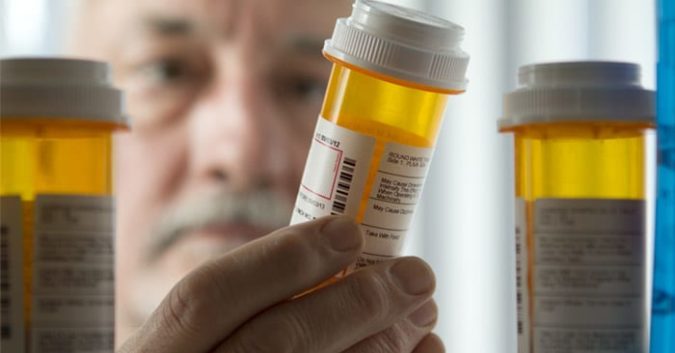In the last 10 years, over 4.5 million Americans have been injured, permanently debilitated, hospitalized, or killed by adverse drug events. If this isn’t unsettling enough, a report published this week unearthed what may be a key explanation: 32 percent of drugs cleared by the Food and Drug Administration (FDA) are found to pose safety risks after their approval.
The study, conducted by Brigham and Women’s Hospital, the Mayo Clinic, and Yale School of Medicine, examined 222 therapeutic drugs approved by the FDA between 2001 and 2010. Of these, 71 were affected by a “post-market safety event,” or safety concern. These were mostly biologics (as opposed to pharmaceuticals) or drugs used to treat mental illness. The affected proportion also included drugs under the FDA’s accelerated approval program or those fast approaching their approval deadline.
Researchers concluded that post-market safety concerns are “common,” rather than the exception. Their findings may indicate that the industry is far too quick to approve drugs and bring them to the market.
“We seem to have decided as a society that we want drugs reviewed faster,” said lead author Joseph Ross, an associate professor of medicine and public health at Yale University. Ross believes we need “a strong system in place to continually evaluate drugs and to communicate new safety concerns quickly and effectively.”
As the FDA’s system stands, we don’t. Frighteningly, 1 out of every 3 therapeutic drugs within the nation’s multibillion-dollar industry – drugs that most of us depend on regularly – have safety risks we might not yet know about. So, what’s gone wrong here?
A Closer Look at the Approval Process
A drug that makes it from the discovery stage onto drugstore shelves is actually a rare case. In order to gain FDA approval, drug developers must submit an Investigational New Drug (IND) application and wait 30 days for its review. The drug must then undergo a 5-step process to demonstrate rigorous standards of safety and effectiveness.
However, these may not be as rigorous as they appear. Researchers found that many clinical trials – a pivotal part of the approval process – involve fewer than 1,000 patients and a follow-up of 6 months or less. According to the FDA’s clinical research model, however, trials of this scale could involve many more people and span several years. Indeed, safety concerns can arise years after the drug is sold to much, much larger numbers of patients.
Yale University’s study did find that, once safety risks were identified, the FDA stepped in to take action. Three of the affected drugs were withdrawn from sale, while the agency issued 61 black box warnings and distributed 59 safety communications to doctors and consumers.
While this may seem vaguely reasonable, findings also show that the average time elapsed between drug approval and FDA action was 4.2 years.
FDA in Need of a Serious Rethink?
Why, then, is the FDA slow to take responsibility for drug safety issues, while in such a rush to evaluate new ones? Part of the problem is approval dollars. In 2014, it cost $2.56 Billion to bring 1 drug to market: a figure that increases the longer the FDA takes to give the go-ahead. Post-approval research tacks another $312 Million onto the bill.
That said, the FDA is concerned with saving as much expense as possible. Eric Topol, founder and director of Scripps Translational Science Institute, noted that clinical trials don’t only involve limited numbers of people. They also purposely recruit patients who are likely to produce the best results, thus requiring less investigation. So, he said, “We don’t get a real-world representation.”
Topol suggested that the FDA should instead collect safety data from patients before release. “Why not have a standard where we put every new drug under watch, and see if we could catch a problem before the drug is widely advertised?” he said.
This makes much more sense than putting consumers’ health at risk. After all, the FDA’s responsibility is to protect Americans.
“FDA performs post-market monitoring to identify new safety information that may impact product labeling,” said an FDA spokeswoman. “In general, the FDA does not comment on specific studies, but evaluates them as part of the body of evidence to further our understanding about a particular issue and assist in our mission to protect public health.”
